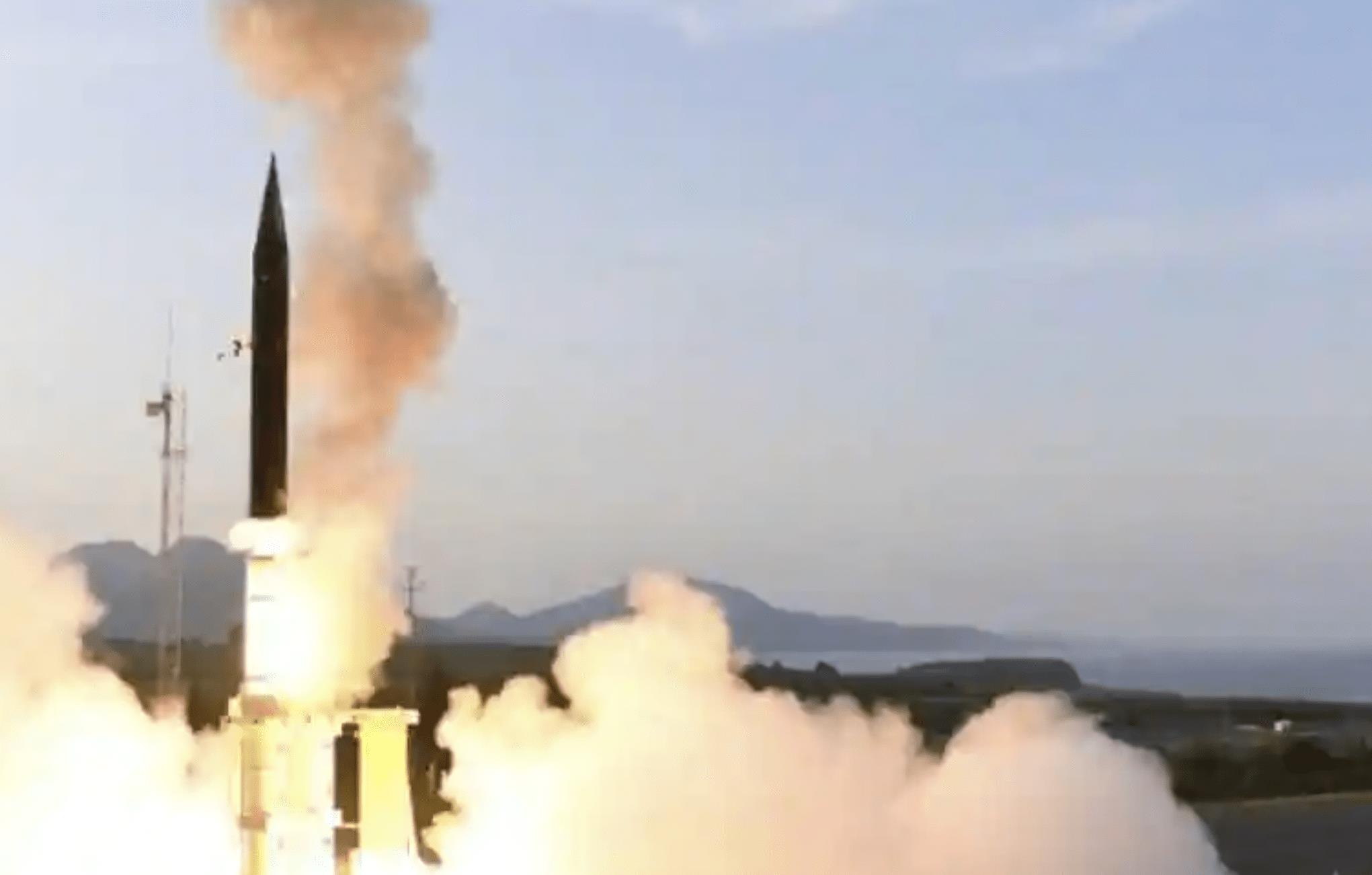(MENAFN- Asia Times) The game of military chess between the US and China just took a nasty turn.
You might even say the pieces have been knocked off the board.
We didn't learn about it until now, but make no mistake, US intelligence groups, Pentagon brass, and perhaps even the White House itself received a sobering shock.
One that will likely light a fire under an already frightening arms race.
According to report in the Financial Times , China secretly tested a nuclear-capable hypersonic missile that orbited the globe before returning to Earth to strike its target, in a technological development that would overcome US anti-ballistic missile systems.
The report, which cited five unnamed intelligence sources, said the Chinese military launched a Long March rocket in August carrying a“hypersonic glide vehicle” into low orbit.
It circled the globe before descending toward its target, which it missed by about two dozen miles, sources said.
The system would be able to overcome US anti-ballistic missile defense systems that are based in Alaska and set up to shoot down projectiles coming over the North Pole: The Chinese system would be able to strike the US from the south.
The incident has left US intelligence officials at the Pentagon stunned, sources say, as it shows China has made astonishing progress on the development of its hypersonic weapons.
“We have no idea how they did this,” one person told FT.

According to a Financial Times report on Saturday, China launched a nuclear-capable hypersonic missile in August that circled the Earth at low orbit before descending toward its target. The hypersonic glide vehicle was carried by a Long March rocket. Photo: AFP
This is the latest development in a terrifying arms race taking place in Asia as tensions between China and Taiwan continue to grow.
At a 2019 parade, China showcased advancing weaponry including a hypersonic missile known as the DF-17.
Three people briefed on the intelligence told the FT that the missile missed its target by more than 30 kilometers.
However, two said the“test showed that China had made astounding progress on hypersonic weapons and was far more advanced than US officials realized.”
The FT's sources said the hypersonic glide vehicle was carried by a Long March rocket, launches of which China usually announces, though the August test was kept under wraps.
Pentagon spokesman John Kirby said he would not comment on the specifics of the report.
But he added,“We have made clear our concerns about the military capabilities China continues to pursue, capabilities that only increase tensions in the region and beyond. That is one reason why we hold China as our No 1 pacing challenge.”
Along with China, the United States, Russia and at least five other countries are working on hypersonic technology.
Hypersonic missiles, like traditional ballistic missiles that can deliver nuclear weapons, can fly at more than five times the speed of sound.
But ballistic missiles fly high into space in an arc to reach their target, while a hypersonic flies on a trajectory low in the atmosphere, potentially reaching a target more quickly.
Crucially, a hypersonic missile is maneuverable, making it harder to track and defend against.
While some countries including the US have developed systems designed to defend against cruise and ballistic missiles, the ability to track and take down a hypersonic missile remains questionable.
Taylor Fravel, an expert on Chinese nuclear weapons and professor at the Massachusetts Institute of Technology, said it would be“destabilizing” if China fully developed and deployed such a weapon.
“Hypersonic glide vehicles … fly at lower trajectories and can maneuver in flight, which makes them hard to track and destroy,” Fravel said.
During a US Senate Armed Services Committee hearing in March, Admiral Philip Davidson, head of Indo-Pacific command, warned against an increasing“imbalance” in the region brought on by China's rapid military advance.
“The military balance in the Indo-Pacific is becoming more unfavorable for the United States and our allies,” Davidson said.
“With this imbalance, we are accumulating risk that may embolden China to unilaterally change the status quo before our forces may be able to deliver an effective response.”
Meanwhile, in another major development, last week, satellite images emerged showing how China has upgraded military airbases close to Taiwan, in the latest hint at potential invasion plans.
Three bases in Fujian province along China's southeastern coast have been upgraded or reinforced with improved defenses that could boost Chinese efforts in the event of aerial conflict with Taiwan.
Taken above the Longtian, Huian and Zhangzhou bases, the pictures reveal the construction of storage bunkers and new administrative buildings.
The pictures, taken by Planet Labs and first published by The Drive , show that construction work at the bases, where most of the infrastructure dates back to the 1980s, began in early 2020 and continued throughout the pandemic.
The Longtian airbase has been expanded and adapted for air defense sites. At least five storage bunkers are being constructed and new administrative buildings have popped up.
The image of the base taken on October 2 also shows an expanded apron and four hardened aircraft shelters under construction. The shelters are directly connected to the runway for quick dispersal, according to a label on the image.
At the nearby Huian base, bombproof aircraft shelters and hangers of a different design, including three most likely used for munitions storage according to Planet Labs, are visible in the satellite image.
Sources: Financial Times, The Daily Mail, Al Jazeera, Fox News, The Drive
MENAFN18102021000159011032ID1102985145
Legal Disclaimer:
MENAFN provides the information “as is” without warranty of any kind. We do not accept any responsibility or liability for the accuracy, content, images, videos, licenses, completeness, legality, or reliability of the information contained in this article. If you have any complaints or copyright issues related to this article, kindly contact the provider above.